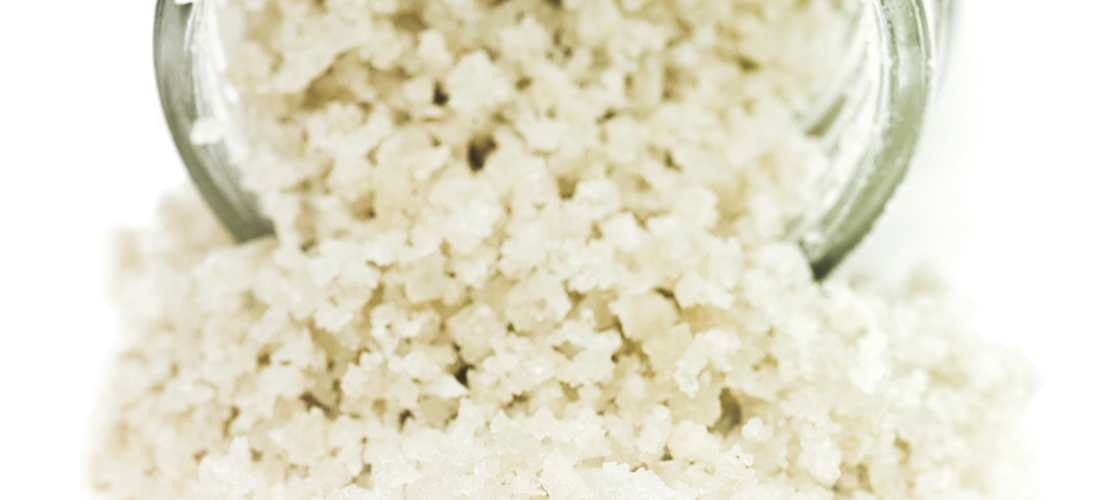
By Karen Frye
What would life be like without that saltshaker? We reach for it without even thinking. We love salt. We crave salt. It makes food taste better. Our bodies need sodium; we cannot survive without it.
There are many different kinds of salt. There’s pink Himalayan salt, Celtic salt, Hawaiian salt, black salt, red salt, sea salt and plain old table salt. Choosing the best can make a difference in the functions of the body and the flavor of the food you are seasoning.
Table salt (sea salt) is harvested from the ocean. The salt is heated and evaporated, iodized — changing the color to purple — and bleached to return it to white. The bleach changes the salty flavor to bitter, so sugar is added. All the natural occurring minerals are removed and sold to increase the profit from the harvest. The two remaining minerals are 99 percent sodium and chloride. After the denaturing of the salt, all that remains is a health-robbing concoction that dehydrates the cells and can cause an imbalance in the bloodstream. It’s not your best choice.
I prefer the taste and the health-giving benefits of Celtic salt. Jacques de Langre, Ph.D., a biochemist, researched and brought Celtic salt to the market in 1970. His daughter and granddaughter now operate the family business in Asheville, which is in its 41st year. This lovely salt is now sold all over the world, and many famous chefs appreciate the delicate flavor it adds to their food.
Celtic sea salt is one of the richest sources of organic, naturally occurring minerals. Calcium, magnesium and potassium, as well as all the other important trace minerals, enhance the mind, nourish the body and keep the cells well hydrated. These vital minerals help to provide proper electrolyte balance, sustaining energy and stamina.
Celtic salt is harvested in farms off the pristine northern coast of Brittany, in France. In 1991 the French government classified the salt producing region as a national shrine, and the practice of making Celtic salt a national treasure. The salt farmers use only traditional methods. The salt is collected in ocean pools occurring on the shore. After the pools are dried by the sun and wind, these master salt crafters harvest the crystals by hand with wooden rakes. Machinery is never used in the production. When it’s finished, the salt retains its natural grey color.
Celtic salt has 84 naturally occurring minerals, and once re-dissolved in water, or in the moisture of food, it bears an amazing resemblance to our blood and body fluids, maintaining and restoring health and vitality. Twenty-four of these elements are essential to maintain life. It has countless medicinal benefits: assisting in balancing acidity; restoring proper digestion; relieving allergies; boosting energy and heightening resistance to infections. It is also delicious. Many health care professionals recommend adding it to your food rather than sea salt or table salt. You can get Celtic salt in fine or coarse crystals or in a grinder. You won’t be disappointed. PS
Karen Frye is the owner and founder of Nature’s Own and teaches yoga at the Bikram Yoga Studio.





